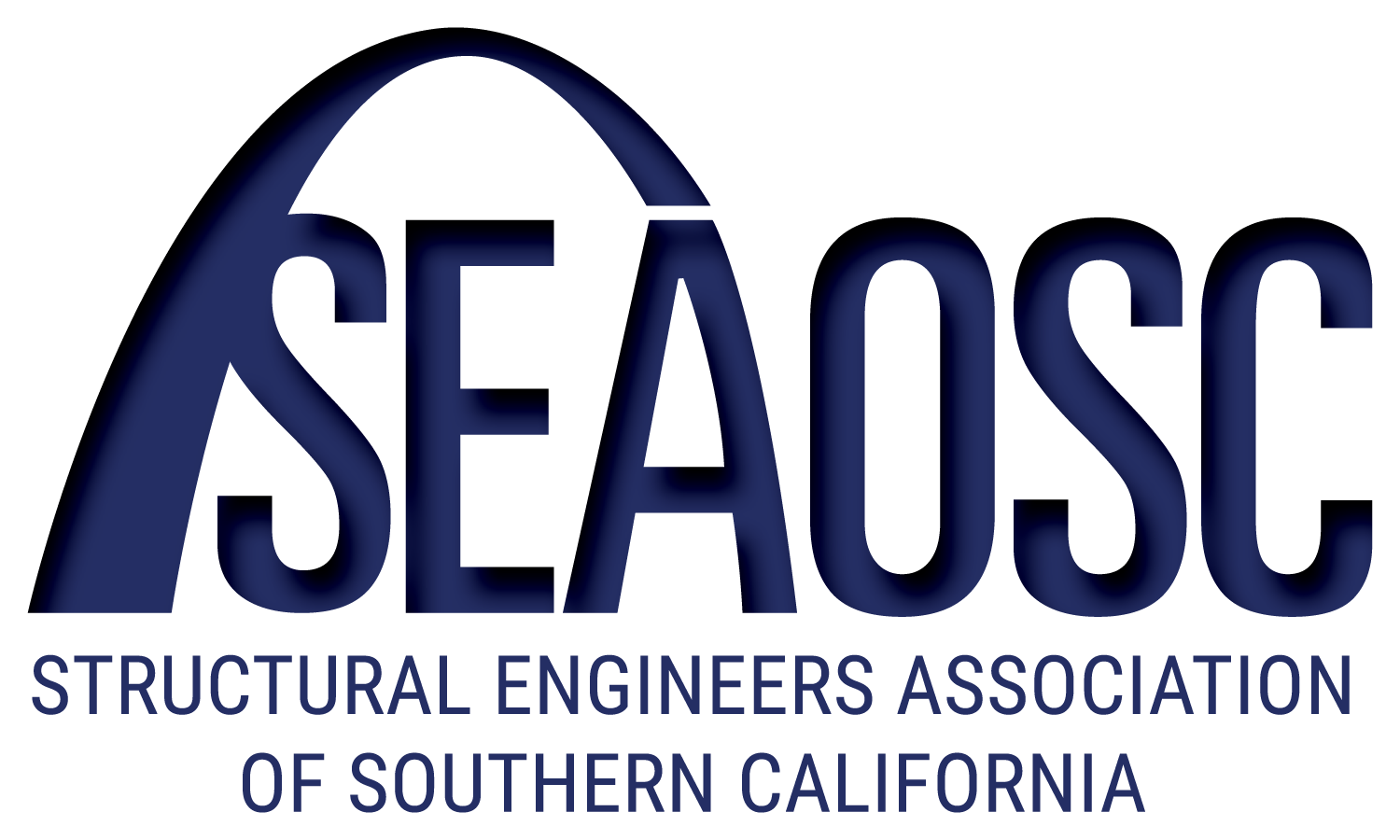Frequently Asked Questions about the Los Angeles Retrofit Ordinance for Soft Story and Non-Ductile Concrete Buildings
Q: What is the Retrofit Ordinance and why was it passed?
A: Los Angeles City Ordinance 183893, with amendments 184081, is a city law that mandates the earthquake retrofit of certain buildings if they cannot be proven to meet specific safety standards. The ordinance is intended to promote public welfare and safety by reducing the risk of injury and loss of life that may result from the effects of earthquakes on existing buildings.
Q: What buildings are affected by the ordinance?
A: The ordinance applies to two types of buildings:
- Most multistory wood framed buildings with one or more sides of the ground floor open, typically for tuck under parking. This applies to buildings constructed before about 1980.
- Most concrete buildings constructed before about 1980.
The ordinance lists some exceptions.
The text of the ordinance may be downloaded here.
Q: Do I need to retrofit my building?
A: If you receive an Order from the City of Los Angeles, you may need to retrofit your building. You need to hire a licensed professional engineer – civil or structural - to conduct a structural evaluation of your building. This investigation will determine if the ordinance does or does not require retrofit of your building. Failure to comply with the ordinance is a misdemeanor, and may result in prosecution and/or administrative enforcement under the Los Angeles Municipal Code.
Q: What if the professional engineer determines the building does not require retrofit, even though I received letter from the city?
A: The city identified buildings that might require retrofit, but they did not investigate each building in detail. It may be that your building meets an exception and is exempt, or the engineer determines, by analysis, the building does not require retrofit. For wood framed buildings cited as having a possible soft story condition and concrete buildings cited as non-ductile, engineering reports must first be submitted to the city in accordance with ordinance requirements. See below for more information.
Q: What if my engineer determines that my building requires retrofit, how much time do I have to start and finish the retrofit?
A: Soft Story Buildings - From service of the order, a plan and engineering report must be submitted to the city within 2 years, a permit obtained within 3.5 years, and construction completed, or building demolished, within 7 years.
Non-ductile concrete buildings - From service of the order, a plan and preliminary engineering report must be submitted to the city within 3 years, a final report, retrofit plans or demolition plans within 10 years, a permit obtained and construction completed, or building demolished, within 25 years.
Q: Where can I find an engineer to help me with the investigation and if required, a retrofit?
A: The Structural Engineers Association of Southern California (SEAOSC) provides a "Find An Engineer" feature on this website to help you find a licensed professional engineer.
Q: How much will the engineering services for the investigation and the retrofit cost?
A: The fee will vary from project to project, depending on many factors, including size and complexity of the building. Unless you know a professional engineer or receive a positive referral from someone you trust, you should obtain fee proposals from at least two firms. There are several important factors to consider when selecting an engineer aside from the fee, though. Make sure you verify the license (see below), review their resume to confirm qualifications, and obtain a signed copy of their certificate of insurance issued by their insurance agency before signing an agreement.
Q: How much will the construction cost and how long will it take?
A: As with the engineering fees, the construction cost and schedule depend on many factors and will vary from project to project. You will need to engage a general contractor to provide this information. Your professional engineer will probably not provide this information, but may provide guidance.
Q: What is a structural engineer, and what is SEAOSC?
A: Please read the SEAOSC brochure titled "What You Need To Know About Structural Engineering" which can be downloaded here. There is more information on the SEAOSC website about the difference between a licensed civil engineer and licensed structural engineer.
Q: What does a structural engineer do?
A: SEAOSC presented on this topic at the recent Los Angeles Seismic Retrofit Resource Fair.
A copy of that presentation may be downloaded here.
Q: What do I need to know about hiring an engineer?
A: The California Board of Professional Engineers, Land Surveyors and Geologists (BPELSG) provides a useful guide for consumers on hiring an engineer.
Q: How do I verify an engineer's license?
A: The California BPELSG provides a license verification feature on their website.
Q: What is Risk Assessment and what is PML?
A: SEAOSC presented on this topic at the recent Los Angeles Seismic Retrofit Resource Fair.
A copy of that presentation may be downloaded here.
Q: What do I need to know about notifying and sharing retrofit costs with my tenants?
A: The City of Los Angeles Housing & Community Investment Department (HCIDLA) recently prepared a helpful brochure with important information.
Download Tenant Habitability Plan & Cost Recovery Guide for Property Owners.

